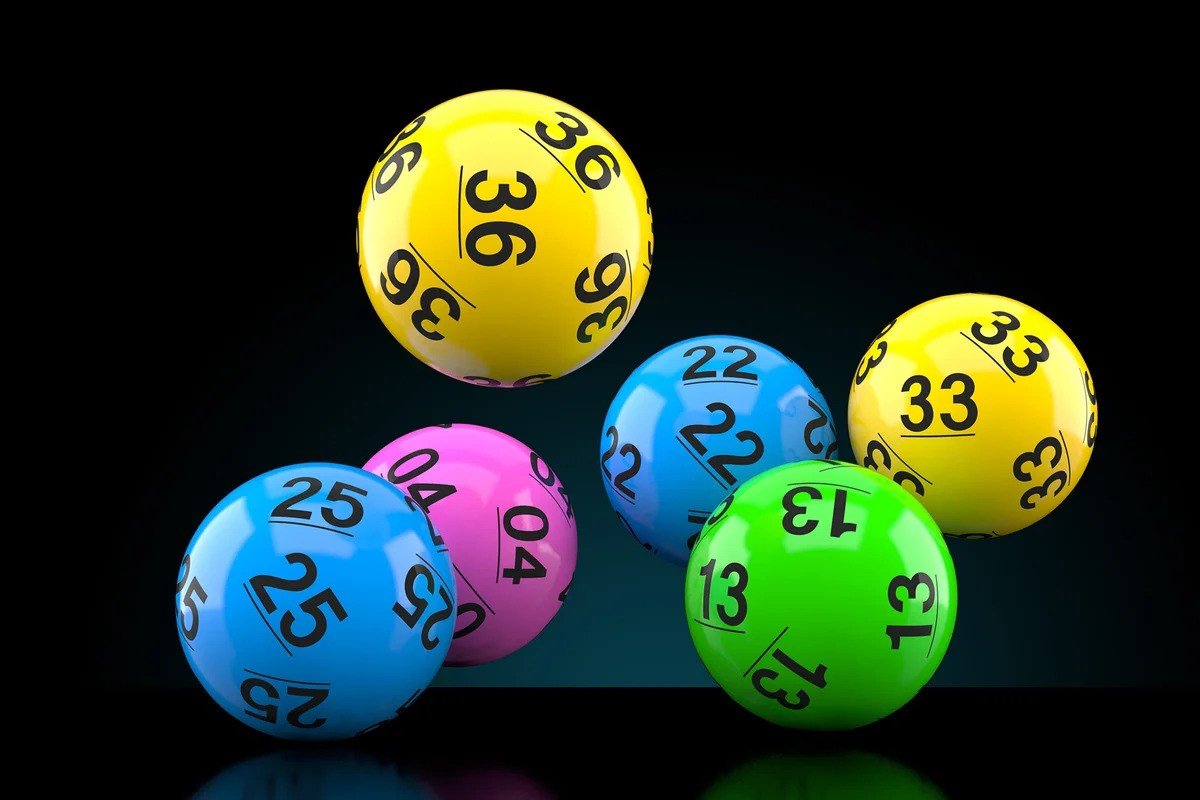Introduction
Randomness is often framed as chaotic, inconvenient, or to be avoided yet when viewed differently, random events and chance encounters become powerful tools for creativity, learning, and personal growth. This article explores what “random” really means in everyday life, the cognitive science that explains why unpredictability helps generate fresh ideas, practical ways to use randomness for problem-solving, and simple daily exercises you can try. The tone here is practical and evidence-minded: think of randomness as a design ingredient, not noise to be eliminated. For publishers concerned about Google EEAT, this piece is written to be transparent and actionable; if you publish it, add citations to peer-reviewed studies, expert interviews, or reputable books to strengthen expertise and authority. Below you’ll find clear sections with 150–200 word paragraphs under each heading, followed by a concise conclusion and FAQs.
What “Random” Means in Everyday Life
Randomness in ordinary life shows up as small surprises: an unexpected conversation on the bus, a change in plans, or seeing an unfamiliar book at a café. Those events are random relative to our plans and expectations, but they aren’t meaningless they expand our set of inputs. Psychologically, random moments break habitual patterns and force the brain to re-evaluate context, seek new connections, and update mental models. In creative work, a random stimulus can become a metaphor, a story seed, or a design twist. In relationships, a chance meeting can lead to collaboration or insight you wouldn’t have found by staying inside your usual circles. Learning to recognize and curate small sources of randomness like different routes to work, varied reading lists, or conversation prompts turns ordinary unpredictability into a deliberate strategy for novelty without throwing away the benefits of routine. In short, everyday randomness is raw material for creativity and adaptability.
The Science Behind Randomness and Creativity
Cognitive science and creativity research show that exposure to diverse, partially unpredictable information increases divergent thinking the ability to generate many distinct ideas. When the brain encounters novelty, neural networks that usually operate on automatic pilot must work harder to integrate new inputs, leading to unusual associations between concepts. That process underpins many “aha” moments. Studies on incubation (stepping away from a problem) and serendipitous discovery both highlight unpredictability as a catalyst: random inputs during an incubation period often trigger idea recombination. From a behavioral standpoint, moderate unpredictability enhances arousal just enough to widen attention without causing overload, which is a sweet spot for creative insight. Of course, extremes too chaotic or too rigid hurt performance. The scientific takeaway: structured randomness (bounded surprises, cross-domain inputs, timed deviations) optimizes creative cognition while keeping stress manageable, making it usable in both personal projects and team settings.
How to Use Randomness to Boost Problem-Solving
To harness randomness for concrete problem-solving, layer it into disciplined frameworks. Start with a clear problem statement and constraints, then inject controlled novelty: random analogies (pick a noun from a hat and force an analogy), cross-disciplinary prompts (what would a chef do?), or time-boxed brainstorms where you deliberately invite absurd ideas. Use randomness as a reframing tool rather than a solution itself it widens the search space, producing candidate ideas you can evaluate against your constraints. In teams, rotate members across projects or run “random pairing” sessions to combine different expertise. For solo problem solvers, introduce randomness via curated inputs: read an unrelated article, flip through a random patent, or use a creative prompt generator. Finally, track outcomes: which random prompts led to viable options? Measuring results helps you refine the type and amount of randomness that actually contributes to solutions, so you’re not relying on luck but on an iterative, empirical approach.
Practical Exercises to Embrace Randomness Daily
Make randomness a low-friction habit with micro-exercises. Try a “random five” each morning: open any book, pick the fifth sentence, and write three possible metaphors it evokes about your current task. Carry a tiny list of unfamiliar topics and spend ten minutes researching one at random each week. Use a “shuffle meeting” at work where agenda items are randomly ordered to surface unexpected priorities. For creativity sprints, use timed constraints combined with a random prompt (e.g., design a product that solves X, but with Y constraint chosen randomly from a list). Socially, practice active curiosity by asking strangers one unusual question (What object would you never give up?) to gather new perspectives. These exercises are short, repeatable, and intentionally bounded so they add novelty without destabilizing your day. Over time, they expand your associative repertoire, making it easier to spot useful combinations and serendipities.
Conclusion
Randomness is not merely disorder it’s a resource. Carefully introduced, unpredictable inputs broaden attention, spark associative leaps, and reveal solutions that routine thinking misses. The key is balance: pair structure with deliberate novelty, measure what works, and adopt small practices that seed your life with varied stimuli. Whether you’re a creator, manager, or lifelong learner, treating randomness as a design choice turns chance into advantage. For publishing with Google EEAT in mind, strengthen this article with citations to cognitive science literature, practitioner interviews, and concrete case studies to underscore expertise and authority. Start small, iterate, and let chance be an ally rather than an adversary.
Frequently Asked Questions
Q1: Will relying on randomness make my work inconsistent?
No when randomness is used as an exploratory tool inside a disciplined workflow, it increases idea diversity without sacrificing execution. Use randomness in the discovery phase, then apply evaluation criteria and iteration to select reliable solutions.
Q2: How much randomness is too much?
Too much randomness leads to distraction and overwhelm. A useful guideline is to limit random exercises to short, scheduled windows (5–30 minutes) and keep core routines intact so novelty enhances rather than replaces productivity.
Q3: Can randomness improve team creativity?
Yes. Structured randomness like rotating collaborators, inviting external perspectives, or using random prompts in ideation sessions reduces groupthink and surfaces ideas that homogeneous teams often miss. Always follow with clear selection and testing.
